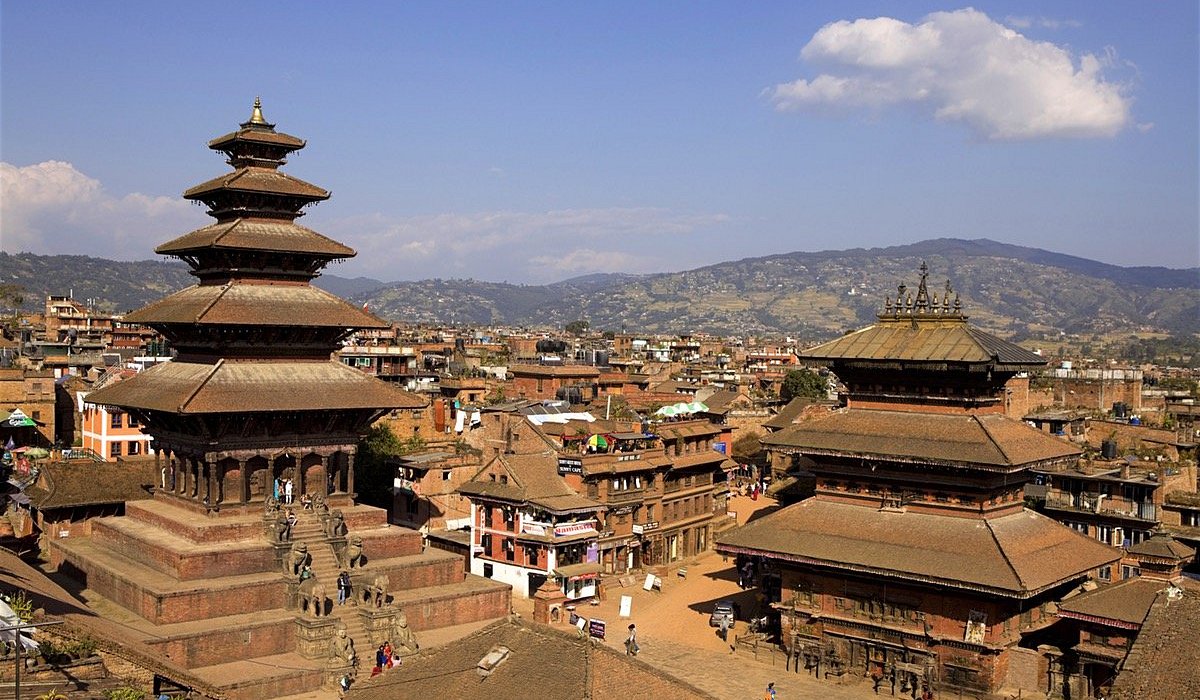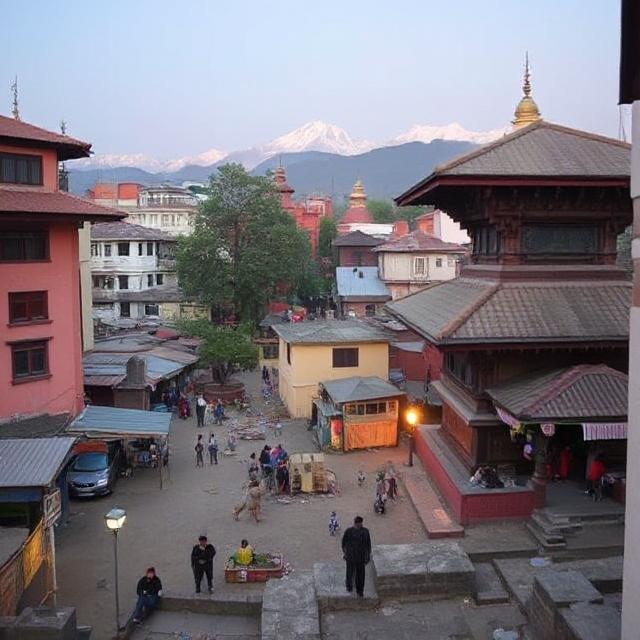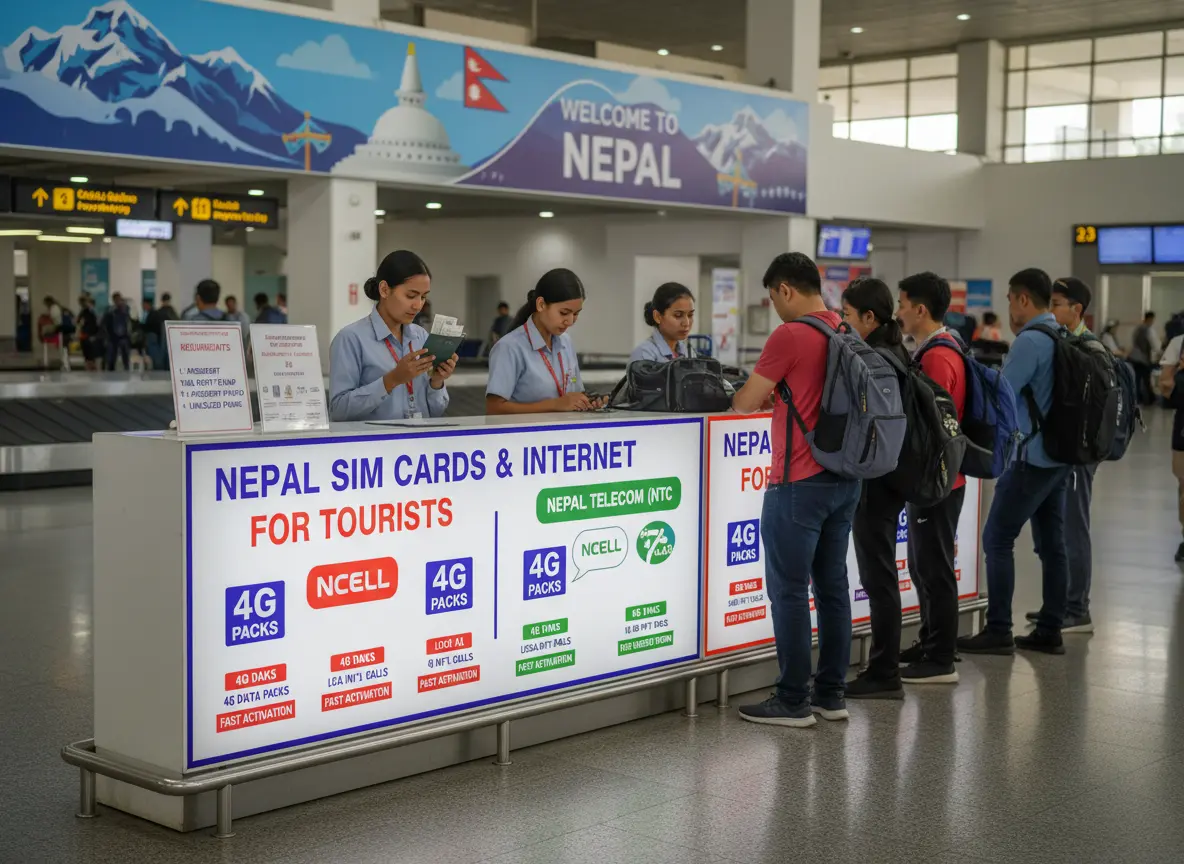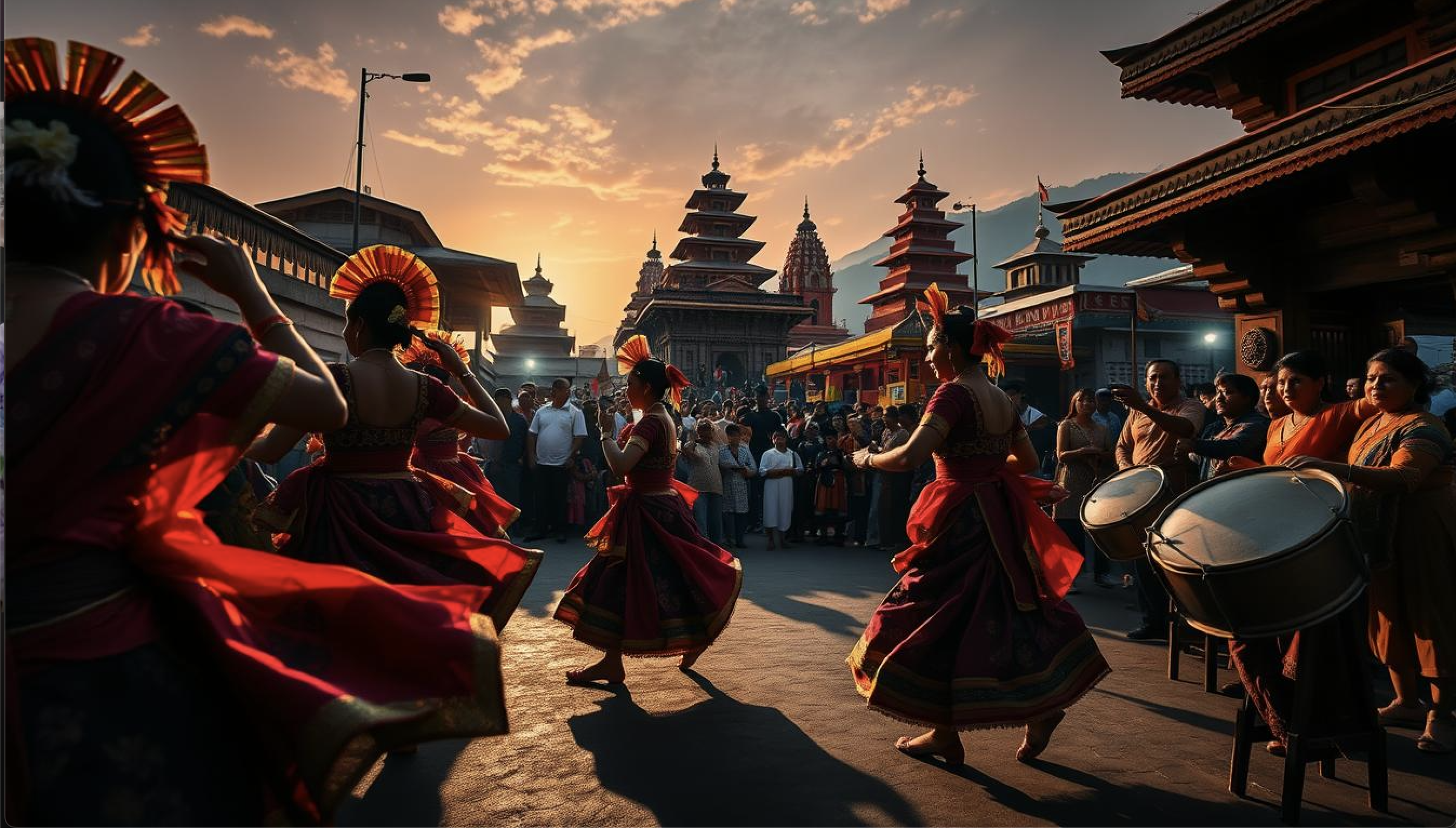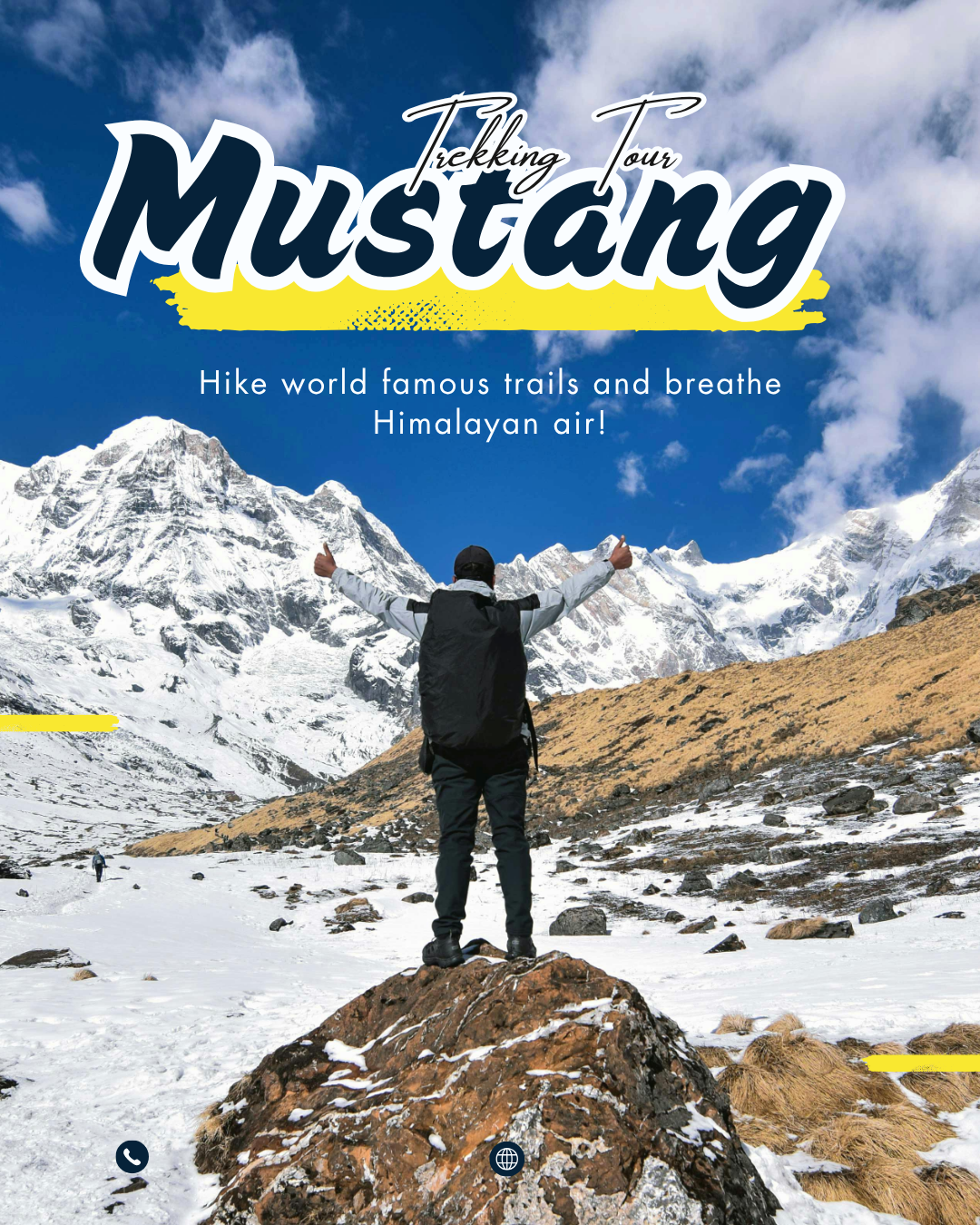Top Nepal Destinations: Complete City Guide for First-Time Visitors

Mahenbalal
Travel Writer & Local Expert

Nepal, a country nestled between India and Tibet, is renowned for its breathtaking Himalayan landscapes and Mount Everest. However, beyond its natural wonders lie vibrant urban centers with rich histories and cultural treasures. The cities in Nepal offer travelers a fascinating glimpse into the country’s diverse heritage, architectural marvels, and warm hospitality.
From the bustling streets of Kathmandu to the serene lakeside setting of Pokhara, each city presents its own unique character and attractions. Whether you’re a history enthusiast, adventure seeker, or cultural explorer, the cities in Nepal provide experiences that will leave lasting impressions.
This comprehensive guide explores the most captivating cities to visit in Nepal, highlighting their distinctive features, must-see attractions, local cuisines, and practical travel tips to help you plan an unforgettable journey through this Himalayan nation.
Exploring the Major Cities in Nepal
1. Kathmandu: The Historic Capital
Kathmandu, the capital and largest of all cities in Nepal, serves as the gateway to this Himalayan nation. With a population exceeding 1.4 million, it stands as the cultural, economic, and political heart of the country.
Key Attractions
Kathmandu Durbar Square, a UNESCO World Heritage Site, showcases the city’s rich architectural heritage with its intricate wood carvings, ornate temples, and former royal palace. Despite damage from the 2015 earthquake, restoration efforts have preserved much of its historical significance.
Swayambhunath (Monkey Temple) offers panoramic views of the Kathmandu Valley from its hilltop location. This ancient religious complex features a white stupa with Buddha’s eyes painted on all four sides, symbolizing his all-seeing wisdom.
Pashupatinath Temple, situated along the Bagmati River, ranks among the most sacred Hindu temples dedicated to Lord Shiva. Visitors can observe traditional cremation ceremonies and encounter sadhus (holy men) in this spiritually significant site.
Boudhanath Stupa, one of the largest spherical stupas in Nepal, serves as the center of Tibetan Buddhism in the country. The area surrounding the stupa buzzes with monasteries, shops selling religious artifacts, and restaurants serving authentic Tibetan cuisine.
Local Food Specialties
While exploring Kathmandu, sample traditional Newari cuisine at local establishments. Must-try dishes include:
Momo (dumplings filled with meat or vegetables)
Sel roti (sweet rice bread)
Choila (spiced grilled meat)
Juju dhau (king of yogurts from Bhaktapur)
Best Time to Visit
October to December offers clear skies and comfortable temperatures, ideal for exploring Kathmandu’s outdoor attractions. March to May brings warm weather and blooming flowers, though occasional rain showers may occur.
Transportation Tips
Taxis provide the most convenient way to navigate Kathmandu, but always negotiate fares before starting your journey. Public buses, while inexpensive, often become crowded and lack air conditioning. For short distances within tourist areas, rickshaws offer a charming alternative.
2. Pokhara: Adventure Capital by the Lake
Pokhara, the second-largest among the famous cities in Nepal, offers a striking contrast to Kathmandu’s urban intensity. Situated beside the tranquil Phewa Lake and within view of the majestic Annapurna range, this city serves as both a gateway to popular trekking routes and a relaxation destination in its own right.
Key Attractions
Phewa Lake forms the centerpiece of Pokhara, where visitors can enjoy boating excursions or simply relax at lakeside cafes. The lake reflects the surrounding mountains on clear days, creating postcard-perfect vistas.
World Peace Pagoda, perched on a hill overlooking the city, rewards visitors with panoramic views of the Annapurna range, Phewa Lake, and Pokhara Valley. The white stupa promotes peace and harmony among people of all backgrounds.
Devi’s Fall (also known as Patale Chhango) showcases an underground waterfall where the Pardi Khola stream vanishes into a natural tunnel. Local legends add mystique to this geological wonder.
International Mountain Museum documents the history of mountaineering in Nepal, featuring exhibits on famous expeditions, indigenous mountain peoples, and the formation of the Himalayas.
Adventure Activities
Pokhara has earned its reputation as the adventure capital among cities to visit in Nepal by offering:
Paragliding from Sarangkot hill, providing aerial views of lakes and mountains
Zip-lining across the Seti River gorge
Ultra-light aircraft flights for close-up mountain views
White-water rafting on nearby rivers
Canyoning in natural waterfalls
Best Time to Visit
October to April generally provides clear mountain views and pleasant weather for outdoor activities. The monsoon season (June to September) brings lush greenery but often obscures mountain panoramas with clouds.
Pokhara offers diverse dining options, from traditional Nepali thali sets to international cuisine. Don’t miss trying:
Thakali cuisine (traditional food from the Thakali people)
Fresh fish from Phewa Lake
Sikarni (sweetened yogurt with nuts and fruits)
Transportation Tips
Pokhara’s main tourist area around Lakeside is easily walkable. For longer distances, taxis and local buses connect major attractions. Consider renting a bicycle or motorcycle to explore at your own pace.
3. Bhaktapur: Medieval City Frozen in Time
Among the historical cities in Nepal, Bhaktapur stands out as a remarkably preserved medieval town. Located just 13 kilometers east of Kathmandu, this ancient city offers visitors a journey back in time with its brick-paved streets, traditional red-brick buildings, and intricate wood and stone carvings.
Key Attractions
Bhaktapur Durbar Square, less crowded than its Kathmandu counterpart, features the 55-Window Palace, Golden Gate, and numerous temples showcasing the artistic achievements of the Malla dynasty. The square’s well-preserved architecture earned it UNESCO World Heritage status.
Nyatapola Temple, a five-story pagoda built in 1702, stands as Nepal’s tallest temple. Each level features guardian statues, with each pair said to be ten times stronger than the pair below.
Pottery Square allows visitors to observe traditional potters creating clay vessels using techniques passed down through generations. You can even try your hand at pottery making under the guidance of local artisans.
Cultural Experiences
Bhaktapur maintains its traditional lifestyle more than other metropolitan cities of Nepal. The city is famous for:
Wood carving workshops where master craftsmen create intricate window frames and religious figures
Traditional mask making, especially the distinctive Bhairab masks used in festivals
Thanka painting, a traditional Buddhist art form depicting deities and mandalas
Local Food Specialties
Bhaktapur is renowned for its unique culinary traditions, including:
Juju dhau (“king yogurt”), a creamy yogurt made from buffalo milk served in clay pots
Bara (lentil patties) and wo (lentil dumplings)
Yomari, a steamed rice flour dumpling with sweet fillings, especially popular during the Yomari Punhi festival
Best Time to Visit
Visit during Bisket Jatra (Nepali New Year in April) to witness one of Nepal’s most spectacular festivals, featuring chariot processions and traditional rituals. October to March offers pleasant weather for exploring the city’s outdoor attractions.
Transportation Tips
The compact nature of Bhaktapur’s old town makes it perfect for exploration on foot. Purchase a city map at the entrance gate to navigate the maze-like streets. Day trips from Kathmandu are easily arranged via taxi or local bus.
4. Patan (Lalitpur): City of Arts and Crafts
Patan, also known as Lalitpur (“City of Beauty”), lies just across the Bagmati River from Kathmandu. As one of the oldest cities in Nepal, Patan has earned recognition for its exceptional craftsmanship, particularly in metalwork and wood carving.
Key Attractions
Patan Durbar Square, another UNESCO World Heritage Site, features the ancient Royal Palace with its three main courtyards and numerous temples. The Krishna Temple, built entirely of stone, stands as a masterpiece of Newari architecture.
Patan Museum, housed in a beautifully restored section of the Royal Palace, displays an outstanding collection of traditional sacred art, including bronze statues and religious objects. The museum provides valuable context for understanding Nepal’s artistic heritage.
Golden Temple (Hiranya Varna Mahavihar), a Buddhist monastery dating back to the 12th century, dazzles visitors with its gold-plated facade, intricate carvings, and guardian statues. The courtyard contains numerous small shrines and prayer wheels.
Artisan Workshops
Patan distinguishes itself from other famous cities in Nepal through its living traditions of craftsmanship:
Metal casting workshops where artisans create bronze Buddha statues using the lost-wax method
Thangka painting studios where artists create intricate religious paintings
Wood carving workshops producing traditional windows, doors, and temple components
Many workshops welcome visitors and offer demonstrations of their techniques.
Local Food Specialties
Patan’s culinary scene features traditional Newari dishes such as:
Chatamari (rice flour “pizza” with various toppings)
Kachela (marinated raw buffalo meat)
Lakhamari (sweet deep-fried bread)
Best Time to Visit
December to February offers cool, clear days ideal for exploring Patan’s courtyards and narrow streets. The city comes alive during festivals like Rato Machhindranath (April-May) and Mataya (August).
Transportation Tips
Patan connects to Kathmandu via multiple bridges, making it accessible by taxi or local bus. Within the city, walking remains the best way to discover hidden courtyards and workshops. Consider hiring a local guide to gain deeper insights into the city’s artistic heritage.
5. Lumbini: Birthplace of Buddha
Lumbini holds profound significance as the birthplace of Siddhartha Gautama, who later became Buddha. Located in the Terai plains near the Indian border, this UNESCO World Heritage Site attracts Buddhist pilgrims and spiritual seekers from around the world.
Key Attractions
Maya Devi Temple marks the exact spot where Queen Maya Devi gave birth to Siddhartha Gautama in 563 BCE. Inside, visitors can see the marker stone indicating the precise birthplace and ancient ruins dating back to the 3rd century BCE.
Ashoka Pillar, erected by Emperor Ashoka in 249 BCE, provides the earliest evidence confirming Lumbini as Buddha’s birthplace. The inscriptions on this sandstone pillar remain partially visible today.
Lumbini Monastic Zone contains over 25 monasteries built by Buddhist communities from various countries, each showcasing distinctive architectural styles from their respective cultures. The zone divides into East and West Monastic Zones, representing Theravada and Mahayana traditions respectively.
Spiritual Experiences
Unlike the bustling biggest cities in Nepal, Lumbini offers a tranquil environment for:
Meditation gardens where visitors can practice mindfulness
Prayer sessions at various monasteries (visitors are often welcome to observe or participate)
Walking the sacred garden where Buddha took his first seven steps
Best Time to Visit
November to March provides comfortable temperatures for exploring the extensive grounds. Buddha Jayanti (Buddha’s birthday) in May attracts thousands of pilgrims and features special ceremonies, though accommodations become scarce during this period.
Transportation Tips
Lumbini connects to other cities via Gautam Buddha Airport in nearby Bhairahawa. Within the sacred garden area, walking and cycling serve as the primary transportation methods. Electric vehicles also operate for those with mobility concerns.
6. Chitwan: Gateway to Wildlife
While not traditionally counted among the metropolitan cities of Nepal, Chitwan has developed into an important urban center adjacent to Chitwan National Park, Nepal’s first national park and a UNESCO World Heritage Site.
Key Attractions
Chitwan National Park spans 932 square kilometers of forests, marshlands, and grasslands, providing habitat for endangered one-horned rhinoceros, Bengal tigers, sloth bears, and over 500 bird species. Various safari options allow visitors to explore this biodiversity hotspot.
Tharu Cultural Museum showcases the traditions, lifestyle, and artifacts of the indigenous Tharu people who have inhabited the Terai region for centuries. Cultural performances feature traditional Tharu dances and music.
Elephant Breeding Center offers insights into conservation efforts for these magnificent animals, though ethical considerations regarding elephant tourism should be researched before visiting.
Wildlife Experiences
Chitwan offers wildlife encounters unlike any other cities to visit in Nepal:
Jeep safaris through the national park
Guided jungle walks with naturalists
Canoe rides on the Rapti River to spot crocodiles and aquatic birds
Bird watching tours (particularly rewarding during winter months)
Best Time to Visit
October to March provides the best wildlife viewing opportunities, with clearer vegetation and animals gathering around water sources. The park occasionally closes during the peak monsoon season (July-August) when flooding occurs.
Local Food Specialties
Chitwan offers opportunities to sample Tharu cuisine, characterized by:
Ghonghi (snails cooked with herbs and spices)
Bagiya (rice flour dumplings steamed in leaf cones)
Fish dishes prepared with local herbs
Transportation Tips
Chitwan connects to Kathmandu and Pokhara via tourist buses (6-7 hours) or domestic flights to nearby Bharatpur Airport. Within Sauraha (the main tourist hub), bicycles provide an eco-friendly transportation option.
7. Bandipur: Preserved Hilltop Town
Perched on a ridge 1,030 meters above sea level, Bandipur represents one of the most charming small cities in Nepal. This former trading post on the India-Tibet route has transformed into a living museum of Newari culture, with its pedestrian-only bazaar and restored 18th-century architecture.
Key Attractions
Bandipur Bazaar stretches along the hilltop, lined with traditional Newari buildings featuring ornate wooden windows and brick facades. The car-free environment allows visitors to wander freely while admiring mountain views.
Siddha Cave, one of Asia’s largest caves, lies just 30 minutes from town. Its vast chamber contains impressive stalactite and stalagmite formations. Bring a flashlight to explore its depths.
Thani Mai Temple sits atop a hill overlooking Bandipur, rewarding hikers with panoramic views of the Annapurna and Dhaulagiri ranges on clear days. The sunrise view from this vantage point proves particularly spectacular.
Cultural Experiences
Bandipur offers authentic cultural immersion through:
Homestays in traditional Newari houses
Silk farming demonstrations at the Bandipur Silk Farm
Traditional music performances during festivals
Best Time to Visit
October to April provides clear mountain views and pleasant temperatures. The monsoon season (June-September) brings lush greenery but often obscures mountain panoramas.
Transportation Tips
Bandipur lies approximately 143 kilometers from Kathmandu and 73 kilometers from Pokhara. Most visitors arrive via the Prithvi Highway, taking a local bus or taxi up the steep road to the town. Once there, the compact size makes exploration on foot ideal.
8. Janakpur: City of Ponds and Temples
Located in Nepal’s southeastern Terai region, Janakpur holds special significance in Hindu mythology as the birthplace of Sita (also known as Janaki), wife of Lord Ram. This city offers visitors insights into Maithili culture, distinct from the Newari heritage found in other famous cities in Nepal.
Key Attractions
Janaki Mandir, a marble temple built in 1911, dominates the city center with its blend of Mughal and Koiri architectural styles. The temple marks the spot where Sita is believed to have been born and contains beautiful paintings depicting scenes from the Ramayana.
Numerous sacred ponds dot the city, including Dhanush Sagar and Ganga Sagar, each with its own religious significance. These water bodies host ritual bathing during festivals and provide peaceful settings for contemplation.
Vivah Mandap commemorates the wedding of Sita and Ram, a central event in the Ramayana epic. The site hosts elaborate celebrations during Ram Navami and Vivah Panchami festivals.
Cultural Experiences
Janakpur showcases Mithila culture through:
Distinctive Mithila art, characterized by colorful geometric patterns and nature motifs
Traditional pottery making using local clay
Religious processions during major Hindu festivals
Local Food Specialties
Janakpur’s cuisine reflects its location near the Indian border:
Ghugni (curried chickpeas)
Thekua (sweet deep-fried cookies)
Makhana (fox nuts) prepared in various styles
Best Time to Visit
November to February offers comfortable temperatures for exploring. Visit during Vivah Panchami (November-December) to witness elaborate reenactments of Sita and Ram’s wedding, complete with processions and cultural performances.
Transportation Tips
Janakpur connects to Kathmandu via daily flights to Janakpur Airport. The city also links to the Indian railway network via Jaynagar. Within the city, auto-rickshaws provide the primary transportation option.
Planning Your Nepal City Tour
When planning to explore the cities in Nepal, consider these practical tips to enhance your experience:
Ideal Itinerary Planning
For a comprehensive tour of Nepal’s urban centers, allocate:
3-4 days for Kathmandu Valley (including Bhaktapur and Patan)
2-3 days for Pokhara
2 days for Chitwan
1-2 days each for Lumbini, Bandipur, and Janakpur
Connect these destinations efficiently by using domestic flights between major hubs and tourist buses for shorter routes. Many travelers follow the Kathmandu-Chitwan-Pokhara circuit, which covers three diverse regions of Nepal.
Visa and Documentation
Most visitors require a visa to enter Nepal, available on arrival at Tribhuvan International Airport or major land border crossings. Prepare:
Valid passport with at least six months validity
Visa fee in USD (15/30/90 days available)
Passport-sized photos (though these can be taken at the airport)
Accommodation Options
The biggest cities in Nepal offer accommodation ranging from budget guesthouses to luxury hotels:
Kathmandu and Pokhara provide the widest range of options
Heritage hotels in converted traditional buildings offer unique experiences in Bhaktapur and Patan
Community homestays in places like Bandipur provide authentic cultural immersion
Book accommodations in advance during peak tourist seasons (October-November and March-April) and major festivals.
Cultural Experiences in Nepal’s Cities
The metropolitan cities of Nepal offer numerous opportunities to engage with local culture:
Festival Participation
Time your visit to coincide with major festivals:
Dashain (October) - Nepal’s longest and most important festival
Tihar (October/November) - Festival of lights
Indra Jatra (September) - Kathmandu’s most important street festival
Bisket Jatra (April) - Bhaktapur’s spectacular New Year celebration
Buddha Jayanti (May) - Celebrating Buddha’s birth, enlightenment, and death
These celebrations transform city streets with processions, music, dance, and ritual ceremonies, providing unforgettable cultural experiences.
Craft Workshops
Many cities offer hands-on experiences with traditional crafts:
Pottery making in Bhaktapur
Thangka painting in Patan
Wood carving in Kathmandu
Mithila art in Janakpur
These workshops not only provide souvenirs with personal significance but also support the continuation of traditional art forms.
Budget Guide for City Travel
Exploring the cities to visit in Nepal can accommodate various budget levels:
Accommodation Costs
Budget: $5-15 per night in guesthouses and hostels
Mid-range: $20-50 per night in comfortable hotels
Luxury: $100+ per night in heritage properties and international chains
Food Expenses
Local eateries: $2-5 per meal
Mid-range restaurants: $5-10 per meal
High-end dining: $15+ per meal
Transportation
Local buses: $0.50-1 per ride
Taxis: $2-5 for short trips within cities
Domestic flights: $80-150 between major destinations
Entrance Fees
UNESCO sites:
Photo Gallery
